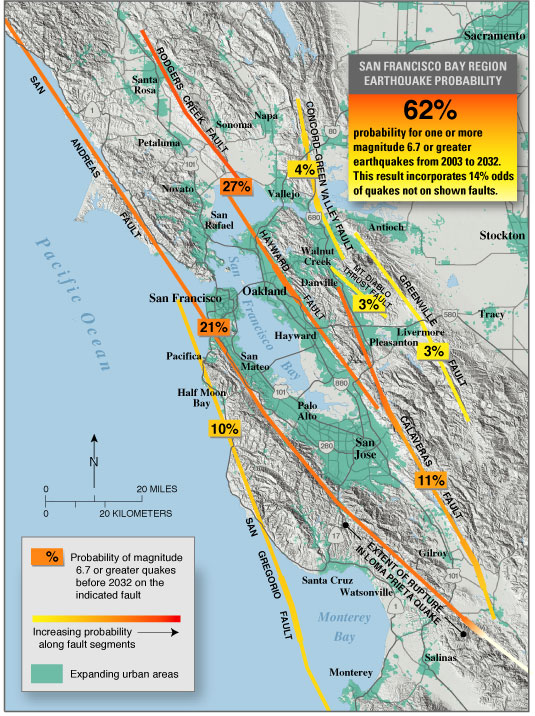This week I took a trip to California. Below, you can see the Granite Boulders, in Joshua Tree National Park. Igneous rocks are formed when hot, molten rock (magma) crystallizes, and then solidifies. Magma that rises to the surface is called Lava. Igneous rocks can be classified into two groups depending on where the molten rock solidifies, the rock can either be classified as Extrusive, meaning: when the magma reaches the Earth's surface, then cools quickly. Or you can classify the rock as Intrusive, meaning: rocks that crystallize below the Earth's surface which allows for slow cooling to form small crystals.
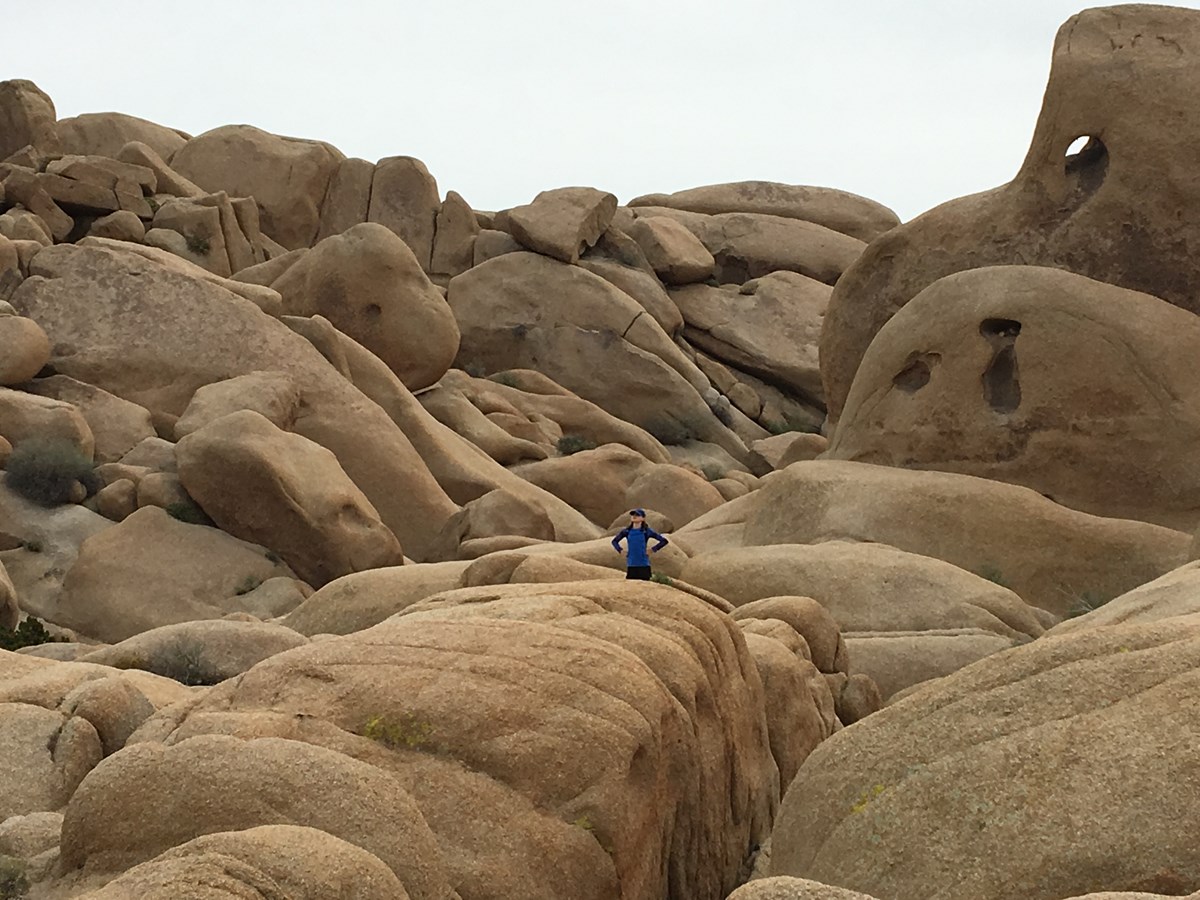
The most common type of rock found in Joshua Tree, is Gneiss. Gneiss is a high grade metamorphic rock, which means that the rock itself is coarse unlike the rocks picture above which are most likely low-grade formed due to their smooth texture. Overall, Joshua Tree, looks gorgeous and I would love to have been the person in this picture as I would love to run and climb up those large boulders.




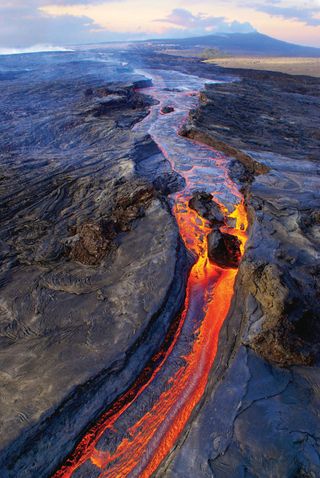



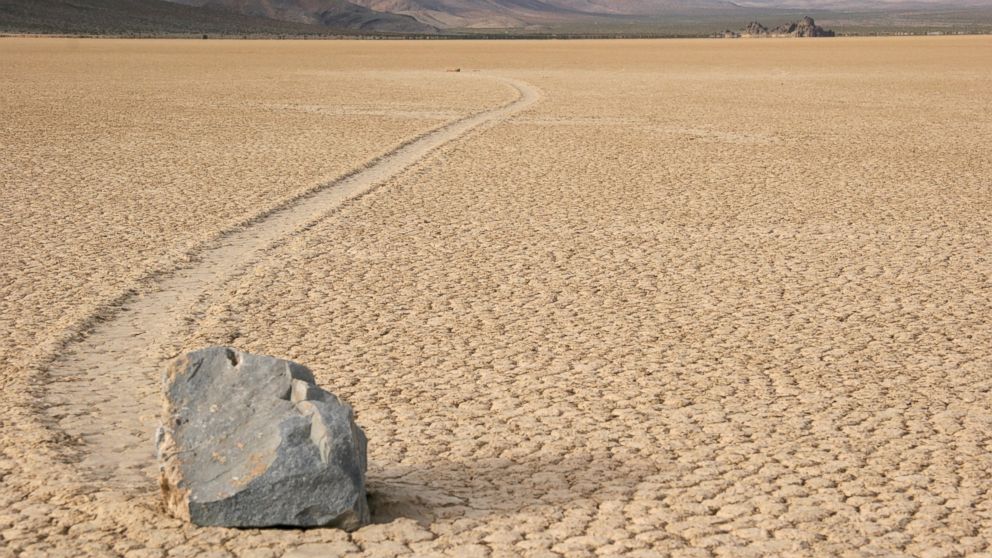









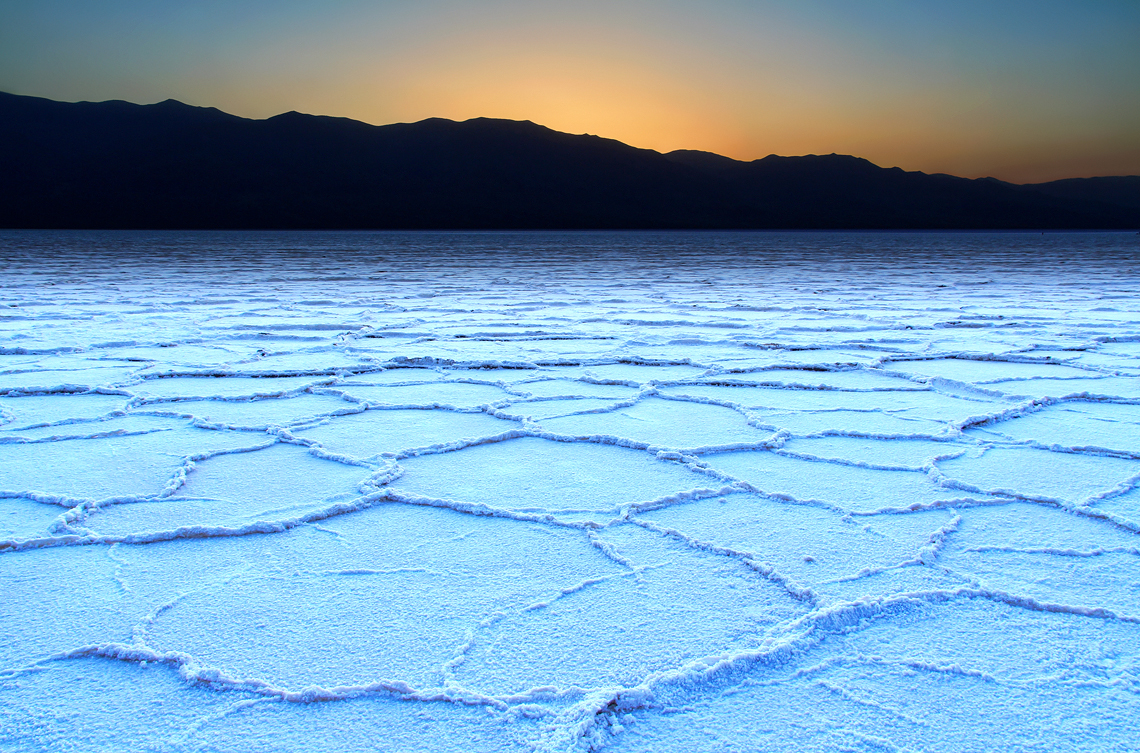













:max_bytes(150000):strip_icc():format(webp)/GettyImages-573798635-58b59b293df78cdcd8712fb2.jpg)





